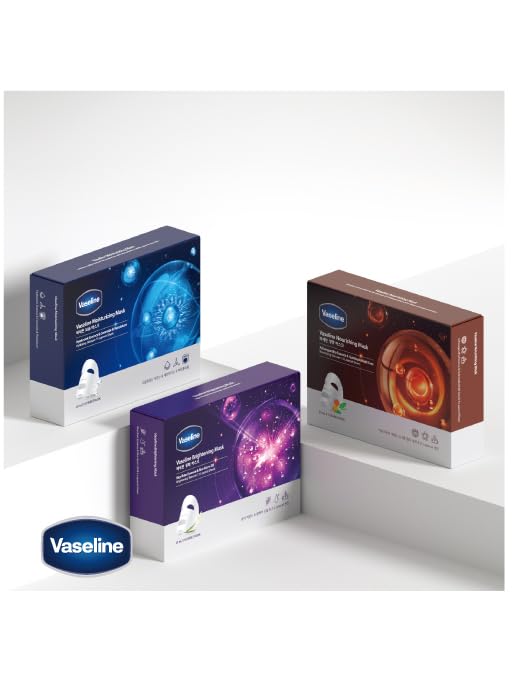
Common Mistakes to Avoid When Using Face Skin Brightening Essence
We all want to achieve a radiant and glowing complexion, and that’s where face skin brightening essences come in. They promise to lighten dark spots, even out skin tone, and give us that coveted luminous glow. However, it’s important to use these essences correctly to get the best results. In this blog post, we will discuss some common mistakes that people often make when using face skin brightening essence. By avoiding these pitfalls, you can enhance the effectiveness of your skincare routine and unlock the true potential of your complexion. So, if you’re ready to take your skincare game to the next level, keep reading!
Glowing Skin Essentials: Bestsellers for Face Skin Brightening
![Vaseline Moisturizing, Brightening, Nourishing Face Facial Mask Sheet - Skin Care Essence, HYDRATION RETENTION, SKIN BARRIER REINFORCEMENT [Made in Korea], 10 Count Each Type](https://m.media-amazon.com/images/I/419hQQ1r9zL.jpg)
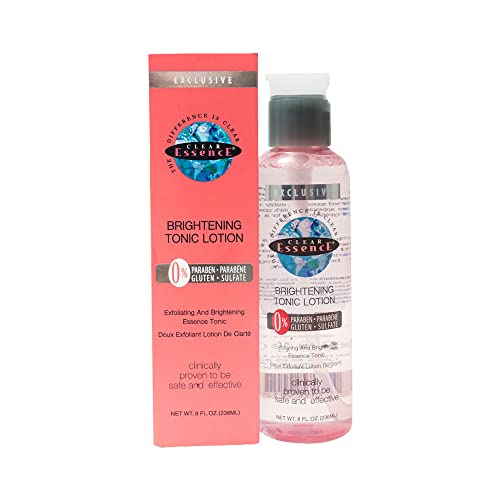


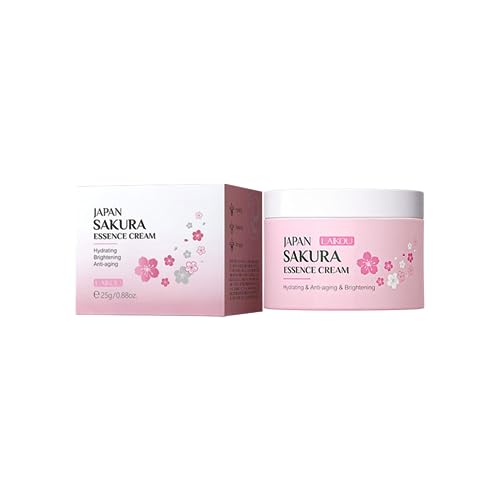
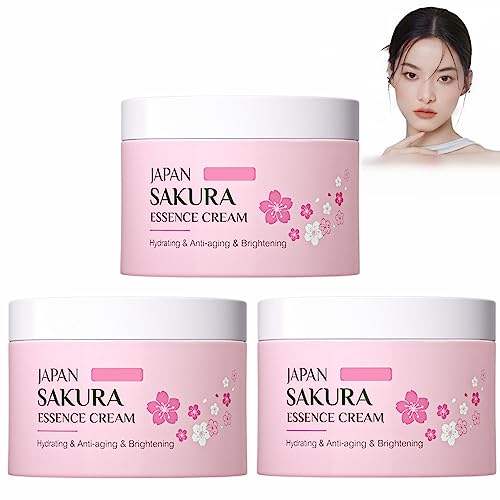
Using Too Much Product
One common mistake many people make when using face skin brightening essence is applying excessive amounts of the product. While it may be tempting to slather on more in the hopes of achieving faster results, this can actually have detrimental effects on your skin. In this blog section, we will explore why using too much product is a problem and provide helpful tips on how to properly use face skin brightening essence.

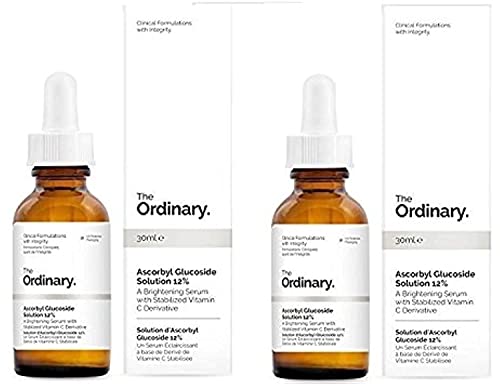

The Dangers of Overapplication
Using excessive amounts of face skin brightening essence can overwhelm your skin and lead to various issues, including:
- Irritation: Overloading your skin with too much product can cause irritation, redness, and discomfort. The active ingredients in the essence may be too potent for your skin to handle in large quantities, resulting in adverse reactions.
- Breakouts: Applying an excessive amount of product can clog your pores, leading to acne breakouts. This is especially true for individuals with oily or acne-prone skin, as the excess product can exacerbate existing skin issues.
- Wastage: Using more product than necessary not only harms your skin but also wastes your hard-earned money. Face skin brightening essence is often concentrated, and a little can go a long way when applied correctly.
Follow the Recommended Usage Instructions
To ensure optimal results and avoid the pitfalls of overapplication, it’s crucial to follow the recommended usage instructions provided by the manufacturer. These guidelines are typically tailored to suit different skin types and conditions. Here are some key points to keep in mind:
- Read and understand the instructions: Take the time to carefully read and understand the recommended usage instructions provided with the product. This will help you gauge the appropriate amount of essence to use and how frequently it should be applied.
- Start with a small amount: It’s always wise to start with a small amount of product, especially if you are new to using face skin brightening essence. Begin by applying a pea-sized quantity and assess how your skin reacts before gradually increasing the amount if necessary.
- Consider your skin type: Different skin types have varying tolerances for skincare products. If you have sensitive or easily irritated skin, it’s best to be extra cautious and use a smaller amount of essence. Conversely, if you have drier skin, you may need to use a slightly larger amount to ensure adequate hydration.
Benefits of Using the Right Amount
Using the right amount of face skin brightening essence offers several benefits, including:
- Effective results: When used correctly, the essence can effectively brighten and even out your skin tone, reduce the appearance of dark spots, and improve overall skin radiance.
- Cost-effectiveness: By using the appropriate amount, you can make your product last longer, ensuring that you get the most out of your investment.
- Skin compatibility: Applying the recommended amount of essence minimizes the risk of skin irritation, breakouts, or other adverse reactions, making it suitable for a wider range of skin types.
Not Patch Testing
When it comes to skincare, it is essential to take the necessary precautions before applying any new product to your face. One mistake that many people make is not patch testing the essence before using it on their entire face. Patch testing is a simple step that can help determine if your skin will have any negative reactions to the product, minimizing the risk of adverse effects. In this blog section, we will discuss why patch testing is crucial and how to properly perform it.



Why Patch Testing is Crucial
Patch testing is a critical step in skincare because it allows you to gauge how your skin will react to a product before applying it to your entire face. Here are some reasons why patch testing is crucial:
- Identify Allergic Reactions: Patch testing helps identify potential allergic reactions to the essence. By applying a small amount of the product to a small area of your skin, you can observe if there are any signs of redness, itching, or irritation.
- Prevent Adverse Effects: Some skincare products may contain ingredients that are not suitable for your skin type or may cause adverse effects. By patch testing, you can avoid applying the essence to your entire face, minimizing the risk of discomfort or unwanted reactions.
- Save Time and Money: Patch testing can save you from wasting time and money on a product that doesn’t work well with your skin. If you have a negative reaction during patch testing, you can avoid using the essence altogether, preventing potential damage to your skin.
How to Properly Perform Patch Testing
Performing a patch test is simple and only requires a small amount of the essence and a small area of skin. Follow these steps to properly perform a patch test:
- Choose a Small Area: Select a small, inconspicuous area of your skin, such as the inside of your wrist or behind your ear. It is essential to choose an area that is clean and free from any other skincare products.
- Apply a Small Amount: Take a small amount of the essence and apply it to the chosen area. Make sure to spread it evenly and avoid applying too much product.
- Wait for 24 Hours: Allow the essence to sit on your skin for 24 hours without washing it off. During this time, keep an eye out for any signs of redness, itching, swelling, or irritation.
- Observe Any Reactions: After 24 hours, check the patch test area for any allergic reactions or adverse effects. If you notice any signs of discomfort, it is best to discontinue using the product.
Benefits of Patch Testing
Performing a patch test can provide several benefits, including:
- Identifying potential allergic reactions or irritations before applying the essence to your entire face.
- Preventing adverse effects and discomfort caused by incompatible ingredients.
- Saving time and money by avoiding products that may not work well with your skin.
Skipping Sun Protection
Many people are now using face skin brightening essence to achieve a more radiant complexion. These products contain powerful ingredients that can help fade dark spots, even out skin tone, and improve overall skin brightness. However, what many people fail to realize is that using these brightening essences can make your skin more sensitive to sunlight, increasing the risk of sunburn and skin damage. In this blog section, we will discuss the importance of sun protection when using face skin brightening essence and provide you with essential tips to keep your skin safe.

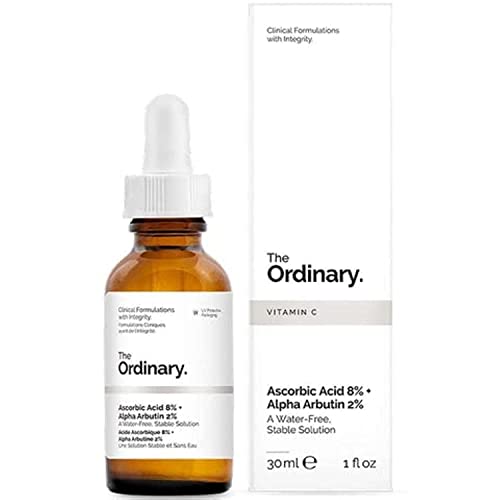

Understanding the Role of Brightening Ingredients
Brightening essences often contain ingredients such as vitamin C, alpha hydroxy acids (AHAs), or retinol, which are known to effectively lighten dark spots and promote a brighter complexion. While these ingredients work wonders for your skin, they can also increase its sensitivity to the harmful rays of the sun.
The Dangers of Skipping Sun Protection
Failing to protect your skin from the sun’s harmful UV rays can lead to various skin issues, including:
- Sunburn: Skipping sun protection when using brightening essences can leave your skin vulnerable to sunburn. Sunburn not only causes discomfort but also damages the skin cells, leading to premature aging and an increased risk of skin cancer.
- Hyperpigmentation: Sun exposure can trigger the production of excess melanin, resulting in dark spots and uneven skin tone, counteracting the brightening effects of your essence.
- Skin Aging: UV radiation is one of the primary causes of premature skin aging. Without proper sun protection, your skin may develop fine lines, wrinkles, and other signs of aging more rapidly.
The Solution: Wear Sunscreen with Adequate SPF
To ensure the effectiveness of your brightening essence while protecting your skin from the sun, it is crucial to incorporate sun protection into your daily skincare routine. Here’s what you need to know:
- Choose a broad-spectrum sunscreen: Opt for a sunscreen that provides protection against both UVA and UVB rays. Broad-spectrum sunscreens offer the best defense against sun damage.
- Look for a high SPF: SPF (Sun Protection Factor) indicates the level of protection against UVB rays. It is recommended to use a sunscreen with an SPF of 30 or higher to shield your skin adequately.
- Reapply regularly: Remember to reapply sunscreen every two hours, especially if you spend extended periods outdoors or engage in activities that cause sweat or water exposure.
Benefits of Sunscreen for Skin Health
Including sunscreen in your skincare routine not only protects your skin from the harmful effects of the sun but also offers several other benefits:
- Prevents skin cancer: Regular use of sunscreen significantly reduces the risk of developing skin cancer, including melanoma, the most dangerous form of skin cancer.
- Slows down skin aging: Sunscreen helps prevent the breakdown of collagen and elastin, which are essential for maintaining youthful-looking skin.
- Reduces hyperpigmentation: By blocking the UV rays that trigger the production of excess melanin, sunscreen helps prevent and fade dark spots and hyperpigmentation.
- Maintains an even skin tone: Sunscreen protects against the development of uneven skin tone and helps maintain a more consistent complexion.
- Enhances the effectiveness of brightening essences: By preventing sun damage, sunscreen allows brightening essences to work more effectively, giving you better results.
Mixing Incompatible Products
When it comes to taking care of our skin, we often invest in multiple skincare products to address specific concerns. However, it is crucial to understand that not all skincare products are compatible with each other. Mixing incompatible products can lead to adverse effects on your skin and reduce the effectiveness of the active ingredients. In this blog section, we will discuss the importance of compatibility in skincare products and how to avoid any potential issues.



Understanding Incompatibility
Incompatibility occurs when certain ingredients in skincare products react negatively when combined. This reaction can result in skin irritations, breakouts, or even long-term damage. Some active ingredients may cancel out the effectiveness of others, making your skincare routine less impactful. To ensure optimal results, it is essential to choose products that work harmoniously together.
Key Factors to Consider
Before incorporating new skincare products into your routine, it is crucial to consider the following factors to ensure compatibility:
- Ingredients: Take the time to read and understand the ingredients list of each product you use. Look for any potential conflicts or ingredients known to be incompatible with each other.
- pH Level: The pH level of your skincare products can greatly impact their compatibility. Some ingredients are only effective within specific pH ranges. Mixing products with drastically different pH levels can disrupt the balance and render them ineffective.
- Texture and Consistency: Different products have varying textures and consistencies. Mixing products with incompatible textures can affect their absorption into the skin. For example, mixing an oil-based product with a water-based one may not provide the desired results.
Incompatible Ingredient Combinations
To help you navigate the world of skincare product compatibility, here are some common ingredient combinations to avoid:
- Vitamin C and Retinol: Both vitamin C and retinol are powerful anti-aging ingredients, but using them together can cause skin sensitivity and irritation. It is recommended to use them on alternate days or at different times of the day.
- Benzoyl Peroxide and Hydroquinone: Benzoyl peroxide, commonly found in acne treatments, can reduce the effectiveness of hydroquinone, a skin lightening ingredient. It is best to use them separately and at different times.
- Niacinamide and Vitamin C: These two ingredients can work well together in some formulations, but at high concentrations, they may cause flushing or redness. Start by using them at lower strengths or alternate their usage.
Tips for a Compatible Skincare Routine
To create a compatible skincare routine, consider these tips:
- Research and Educate Yourself: Learn about the ingredients and their compatibility before purchasing new products. Look for trusted sources and consult skincare professionals if needed.
- Patch Test: Before incorporating a new product into your routine, perform a patch test on a small area of your skin. This helps identify any potential adverse reactions before applying it to your entire face.
- Start Slowly: Introduce one new product at a time to your routine. This allows you to monitor its effects and determine if it is compatible with the rest of your skincare products.
- Seek Professional Advice: If you’re unsure about product compatibility or have specific concerns, it’s always wise to consult a dermatologist or skincare expert. They can provide tailored advice based on your unique skin type and concerns.
Remember, creating a compatible skincare routine is essential for achieving the best results for your skin. By understanding ingredient compatibility and following these tips, you can enjoy a more effective and harmonious skincare regimen.
Key Takeaways for Flawless Skin: Conclusion
To sum up, when it comes to using face skin brightening essence, it’s important to proceed with caution. While it can help improve your complexion, it’s essential to avoid some common mistakes. These include using too much product, skipping patch testing, neglecting sun protection, and mixing incompatible products. By being mindful of these errors, you can make the most of your skincare routine and achieve the best possible outcomes. As always, consulting a dermatologist or skincare professional for personalized advice is highly recommended.

Hey, I’m Ava Wilson—a skincare enthusiast and a certified esthetician. I’m dedicated to sharing my knowledge and empowering others to achieve healthy, glowing skin through simple, effective routines and natural remedies. Join me on this exciting skincare journey, and let’s unlock your skin’s potential for a confident, beautiful you.





